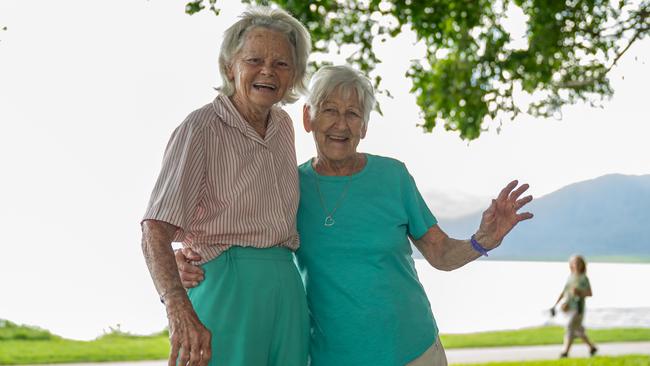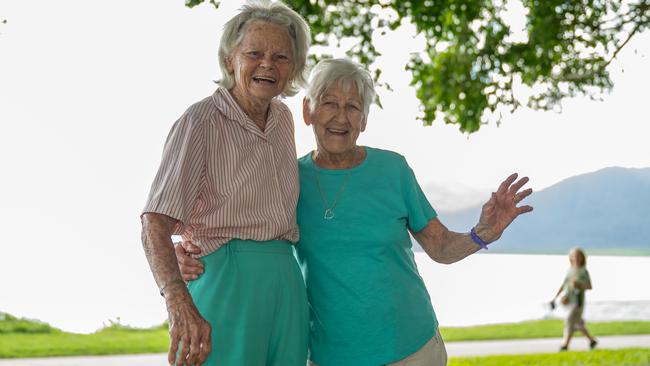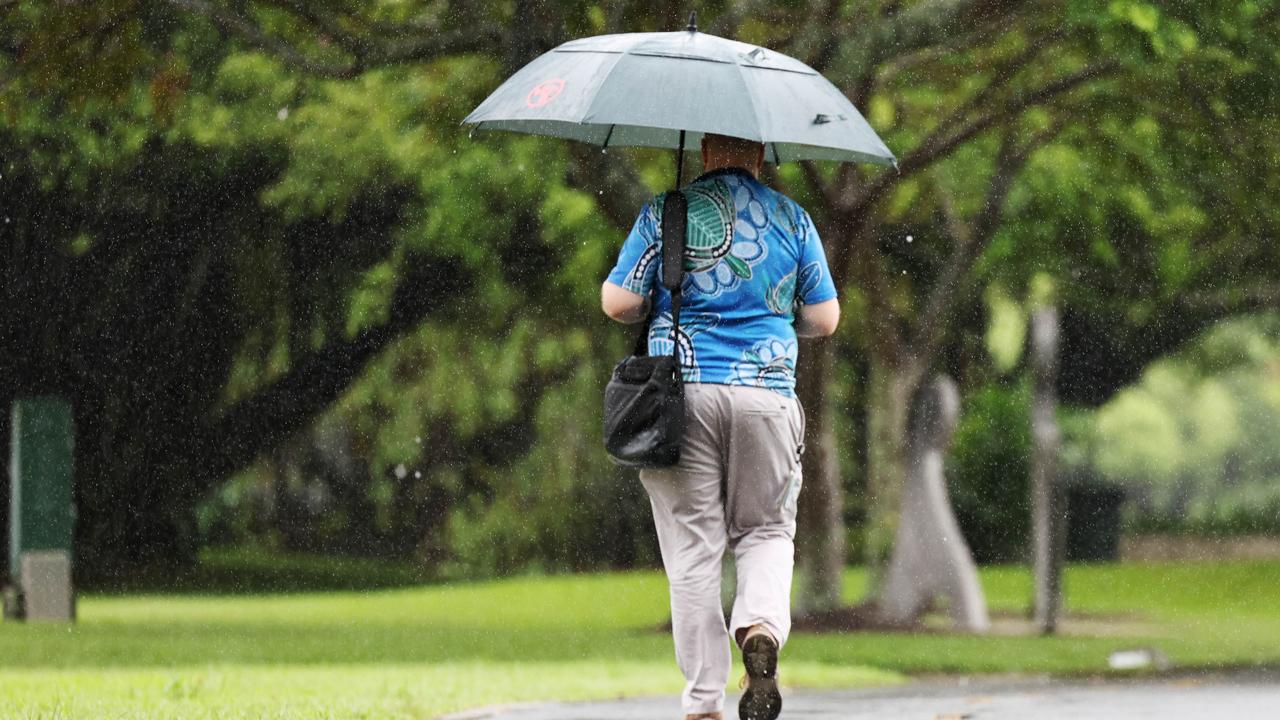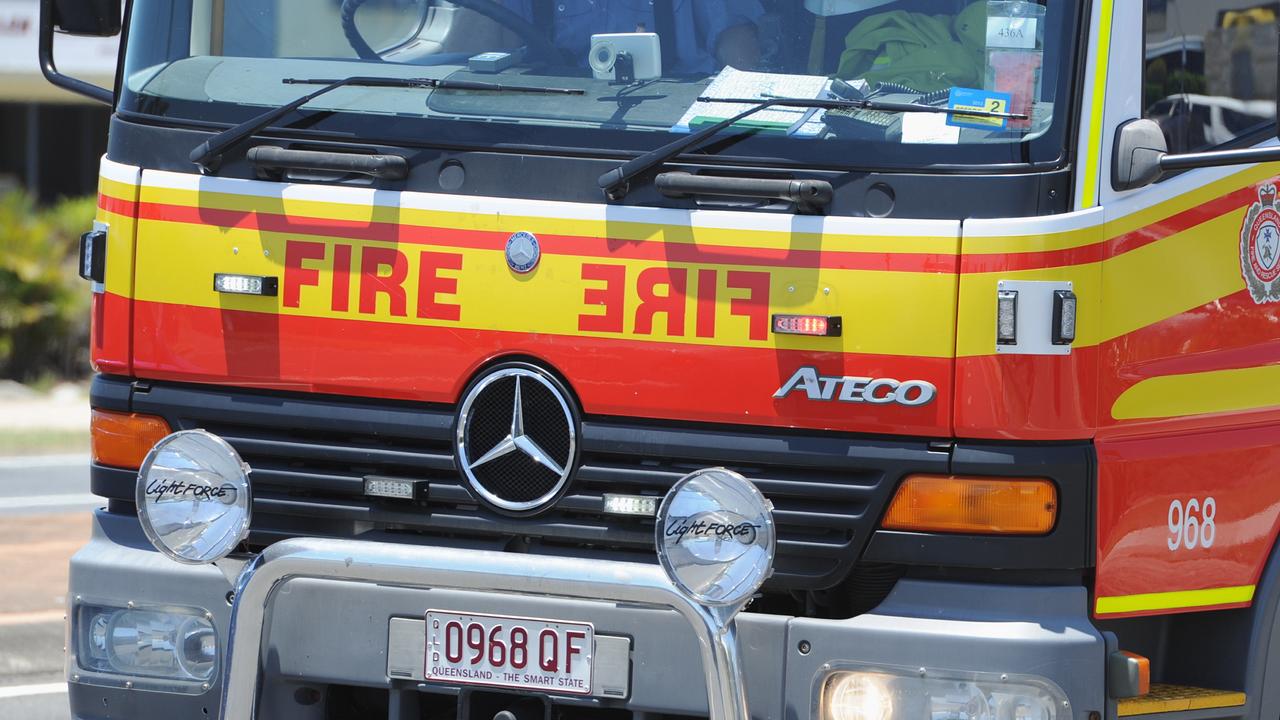Sunshine and cool weather mark start of FNQ dry season
Sunshine has returned to the Far North after a longer than usual wet season, and it looks like it’s here to stay. Why the wet lasted so long.

Cairns
Don't miss out on the headlines from Cairns. Followed categories will be added to My News.
The Far North has recorded close to the average yearly total of rainfall within six months, according to statistics from the Bureau of Meteorology.
According to senior meteorologist Daniel Hayes, the Far North has received a total of 1982.6mm of rain as of June 4, just shy of the yearly average of 2005.7mm.
“The main contributing factors have been the significant number of tropical systems which came through and brought significant rainfall events,” Mr Hayes said.
“As well as some persistent, strong, high pressure systems that brought onshore flow even without the tropical systems.”
While the unusually long wet season was not unprecedented, Mr Hayes said this year’s wet weather spell was brought along by “ripe” conditions.
“It’s not an every year event, it’s just a wet year,” he said.

“The conditions were well set up with a persistent offshore flow from three of four tropical systems come through in the season.”
While the Far North moves into the dry season, Mr Hayes said rainfall totals would remain low, however he expected a spike towards the end of the year, bringing the average rain total higher than previous years.
“Admittedly, rain totals through the next months will be low, but we’d expect 100mm or more through November and December, which would expect to see us go above the annual average,” he said.
Moving into the week’s weather forecast, Mr Hayes said a cloud mass moving across western Queensland would push the grey skies away from Cairns and surrounds, with blue skies sticking around for the weekend.

“There’s a slight chance of showers around the coast and into the Tablelands on Wednesday, but not much expected for Cairns,” Mr Hayes said.
“Once the cloud clears through on Friday, we’ll see a high pressure system moving from Western Australia tapping into the cool air down south and the southerly airflow will move across into Queensland so we’ll see clearing skies and cooling temperatures across the board.”
Mr Hayes said temperatures would continue to drop as the Far North moved into a semblance of winter.
“We’re looking at a minimum of 15C and a maximum of 26C in and around Cairns,” he said.
Historically, Mr Hayes said July had the lowest average minimum and maximum temperatures in the year.
“The coolest temperature we have on record at the Cairns Airport station was 6.2C on June 23, 1946 and the coolest maximum was 18.7C on August 8, 1970.”
More Coverage
Originally published as Sunshine and cool weather mark start of FNQ dry season




